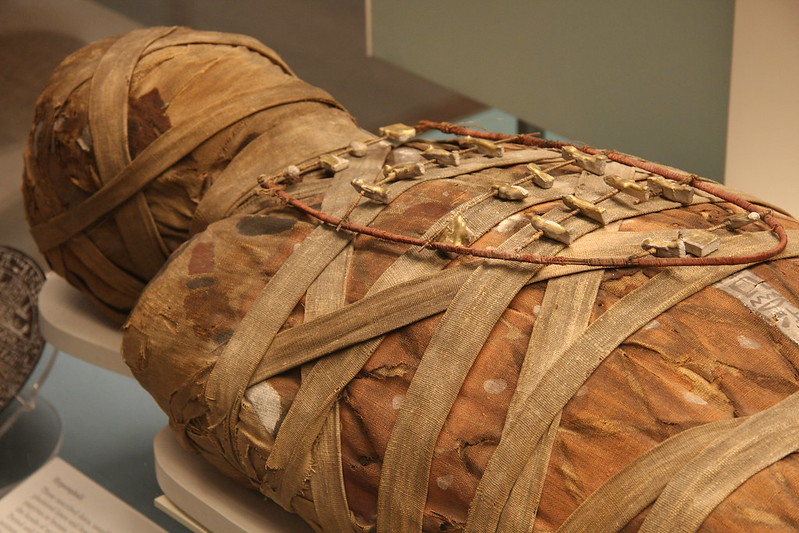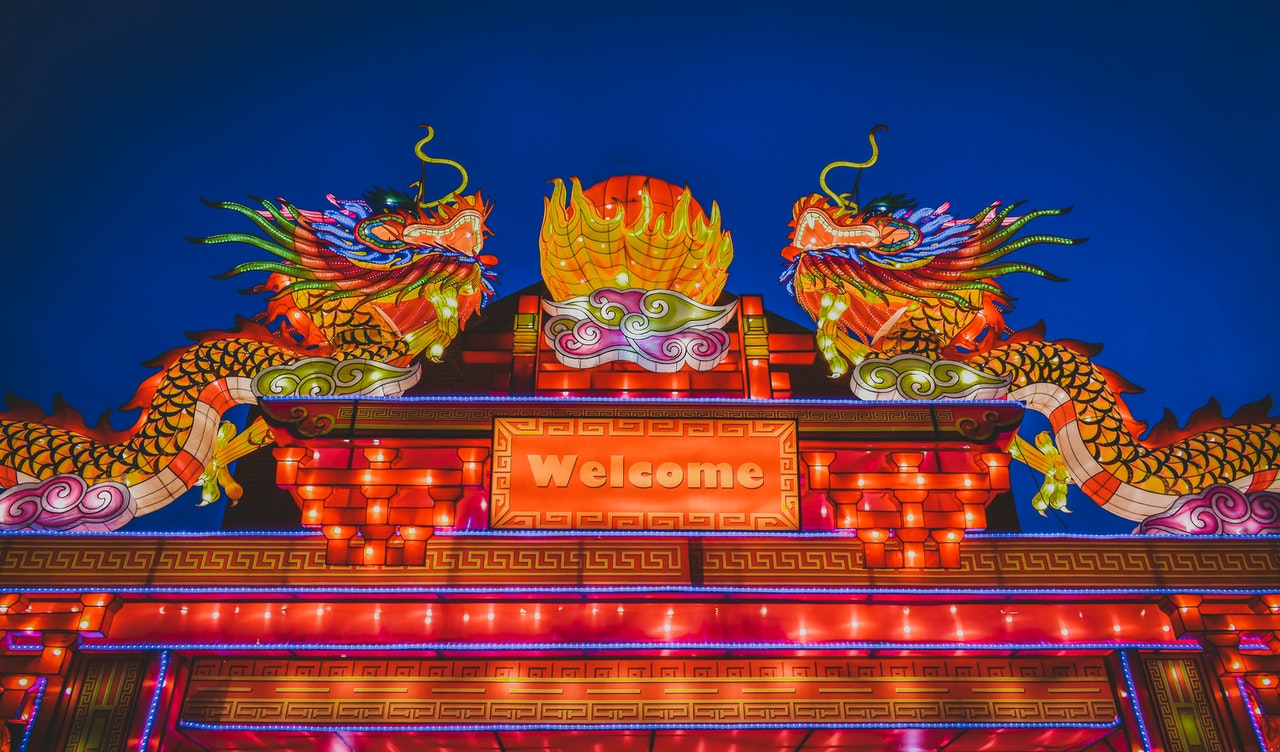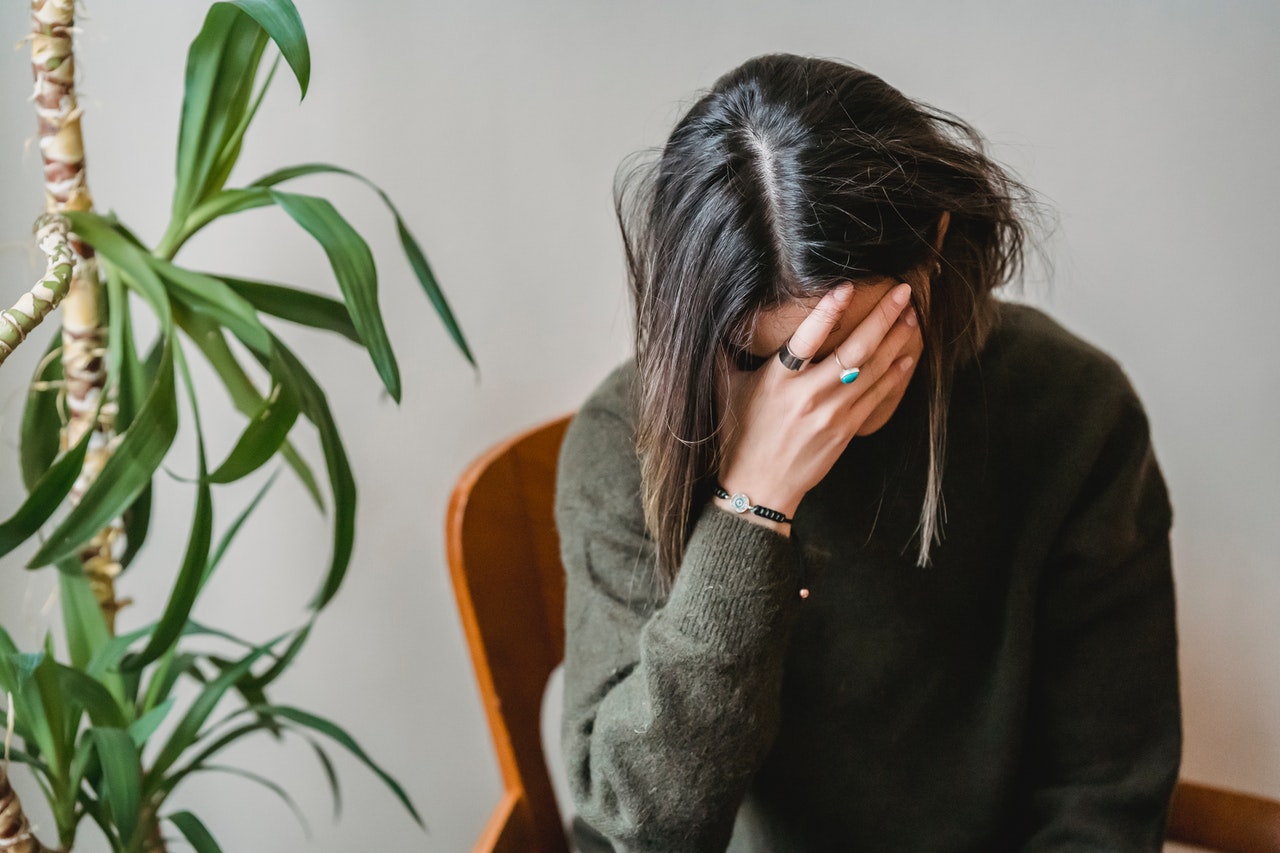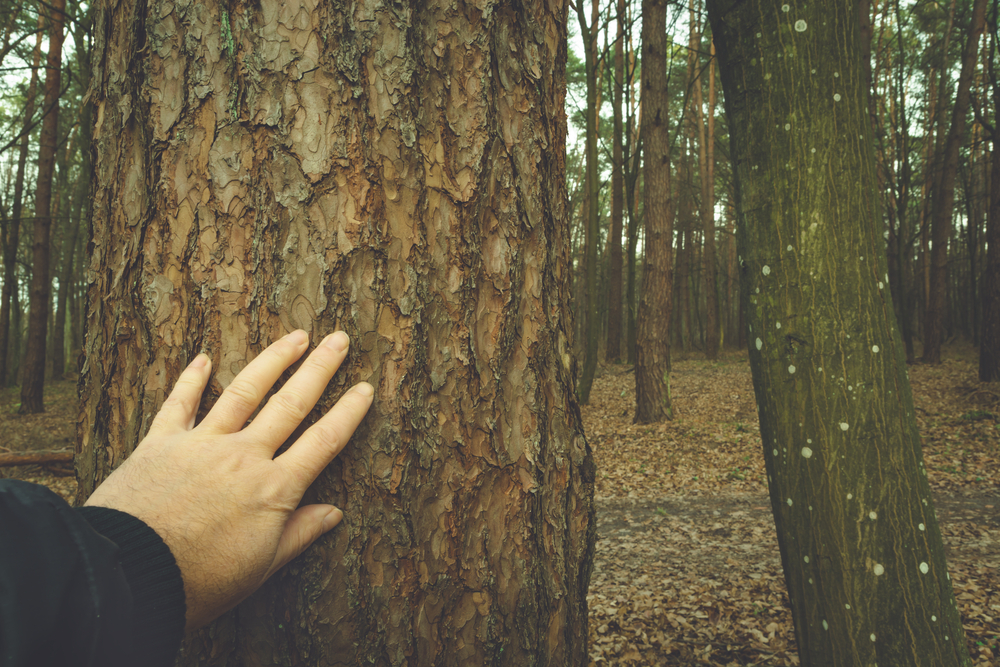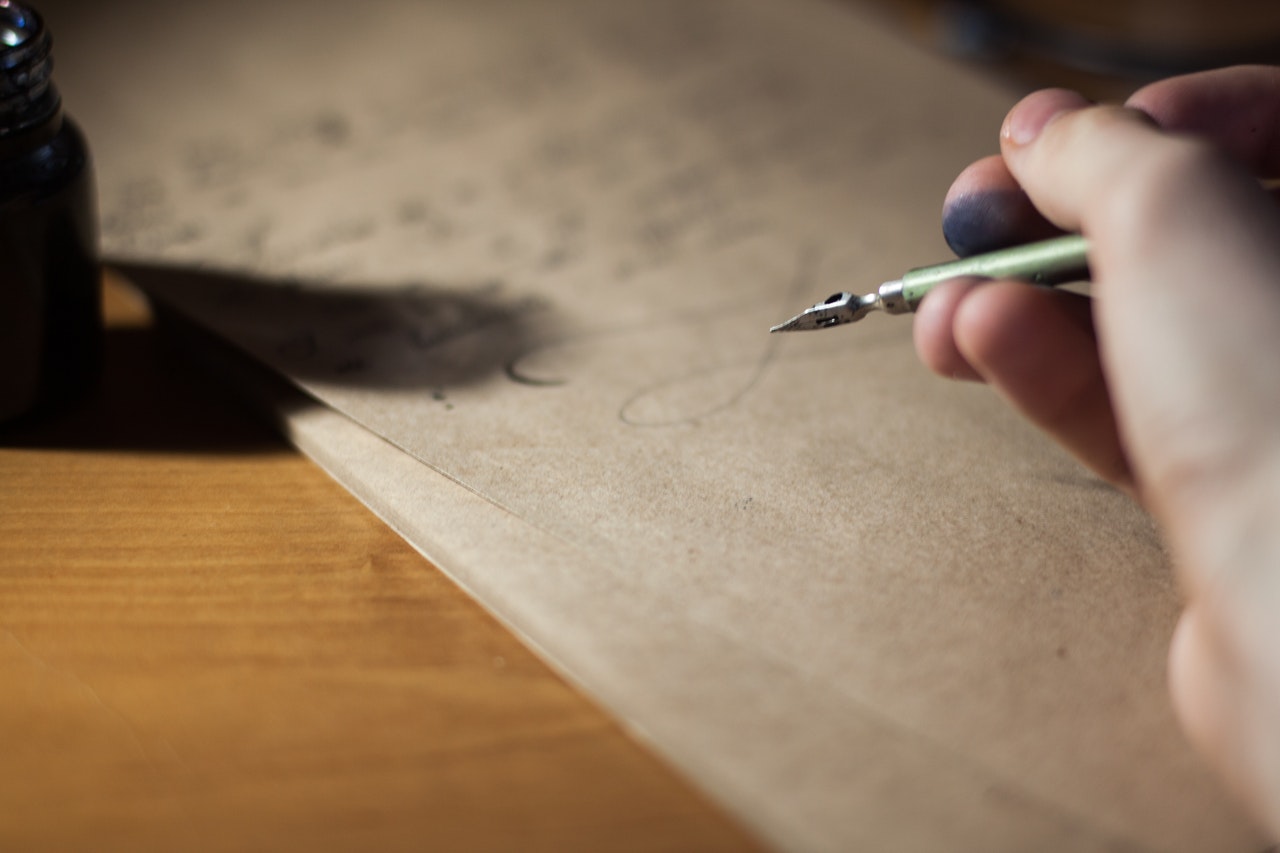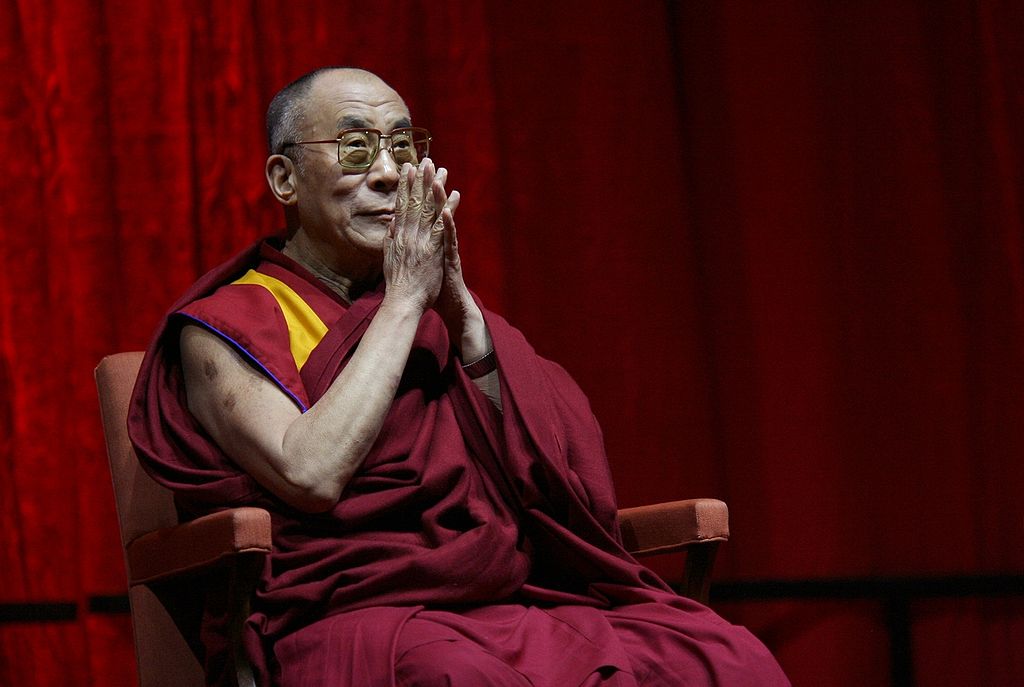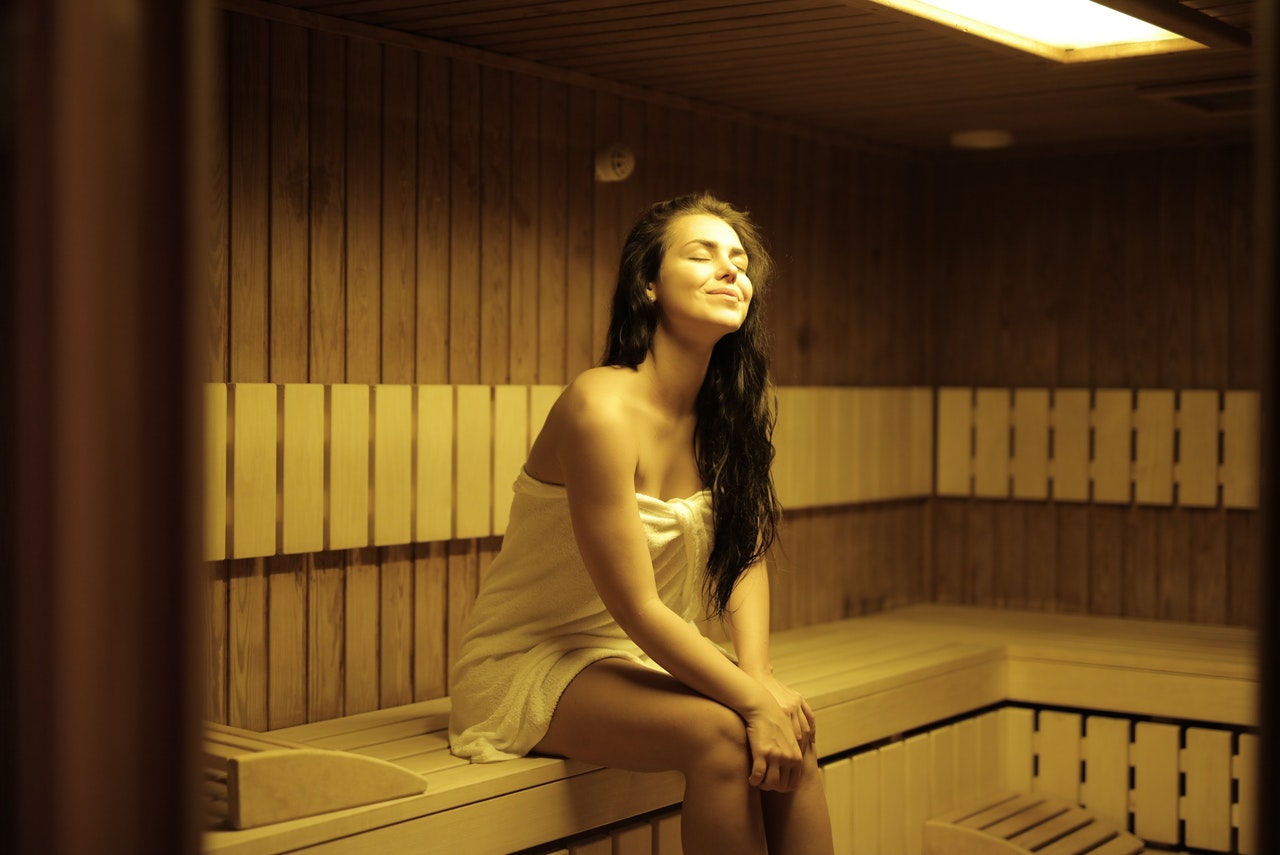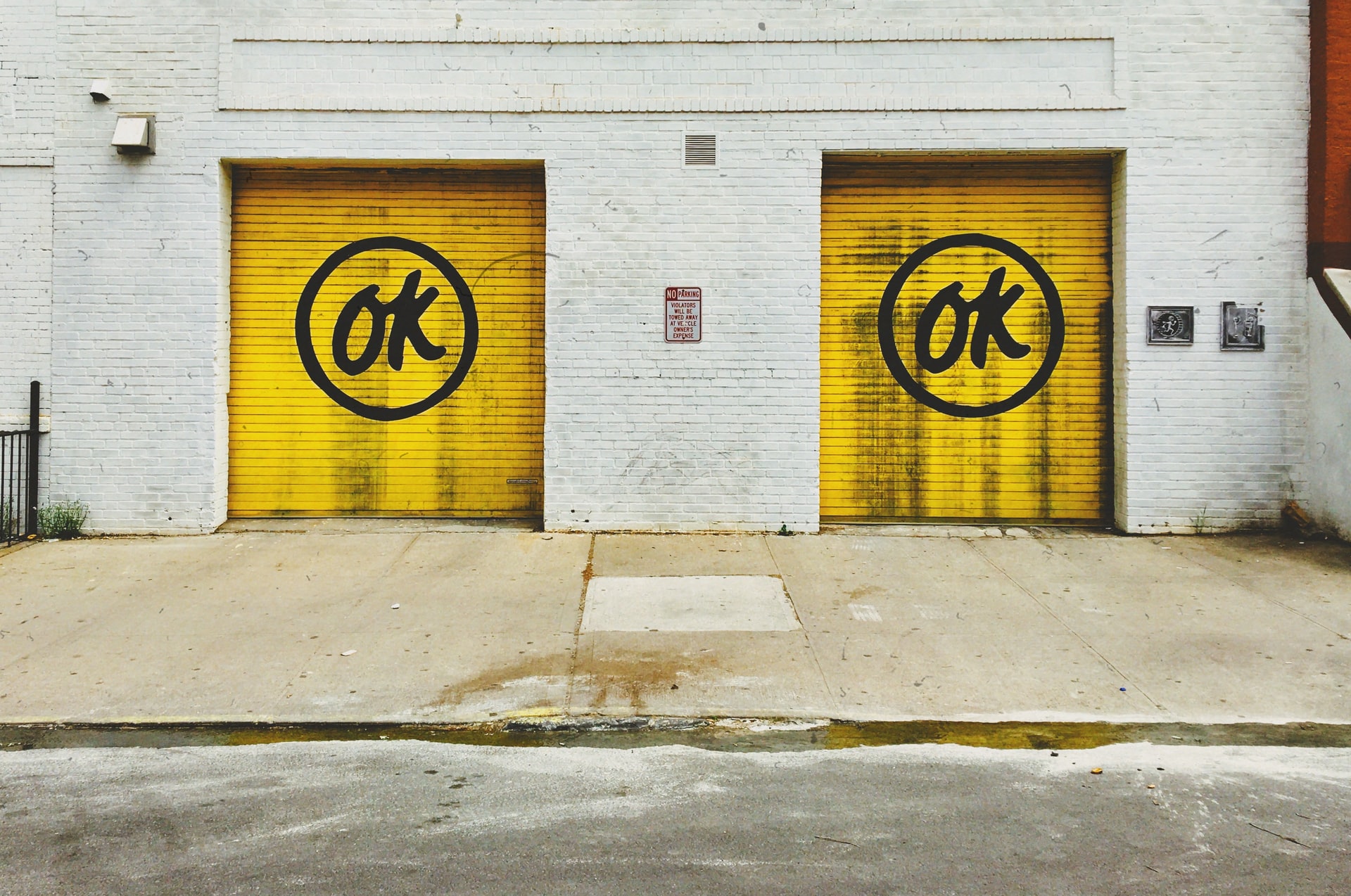Reading Time: < 1 minutesAlso Read:
- Buddhist monks shave their heads, primarily so they have one less thing to worry about.
- The idea is to follow the path of ‘lack of self-interest’ (they are not even allowed to look at their face in the mirror) and also focus on the path of enlightenment.
- Lack of self-interest means limiting attention to their appearance (ego) and using that energy on the acts of kindness.
- While the same could be achieved by leaving the hair and beard unkempt & unwashed, Buddha is believed to have opted for the ‘clean’ look for hygienic reasons.
- These rules are recorded in the Buddhist text called Vinaya-Pitaka (basket of discipline).
- The rules for robes are also found in Vinaya-Pitaka only, and these come from Buddha’s teaching the first monks and nuns to make their robes from “pure cloth”.
- Pure cloth meant materials that no one wanted, e.g., chewed by rats or oxen, soiled by childbirth or menstrual blood, or used for wrapping the dead before cremation.
- Any unusable part of this cloth was trimmed, and the cloth was washed clean.
- It was then dyed by boiling with vegetable matter, bark, tuber, leaves, flowers, and spices such as turmeric or saffron.
- This is what gave the robe the saffron/reddish colour.
- Ready access and affordability of the natural dye (some plant matter is more readily available in a certain region) played a role in why monks from different regions wear different coloured robes.
- Myanmar’s and Tibet’s monks, for example, wear maroon-coloured robes because natural maroon dyes were the cheapest and easiest to source in those regions.
- The monks now wear robes made from donated cloth and not from the “pure cloth” as defined above.
- The robes of the monks in South-East Asia have 3 parts: inner, outer, and an additional for cold weather.
- The inner and outer robes are made from cut pieces of cloth and must not come from a single piece of cloth.
Also Read:
What is the secret to happiness in Denmark, one of the happiest countries in the world?
Image courtesy of Quang Nguyen Vinh Through Pexels






